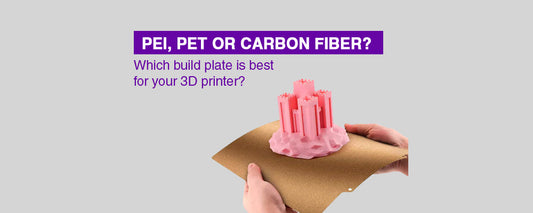
What if repairing your broken trimmer was as easy as hitting “print”? Philips Fixables is quietly rewriting the rules of ownership and waste—one tiny part at a time. This story...

Confused by all the filament options for your 3D printer? This complete 2025 guide to Bambu Lab filaments breaks down everything from PLA and PETG to carbon fiber and support...

Curious about the differences between Marlin and Klipper firmware for 3D printers? This in-depth comparison breaks down their architectures, setup processes, configuration styles, advanced features like input shaping and pressure...

Choosing the right build surface for your 3D printer is crucial for achieving optimal print quality, adhesion, and ease of part removal. Among the most popular options, PEI (Polyetherimide), PET...

A major improvement for 3D printers is the incorporation of an auto-leveling sensor. These sensors make bed leveling easier, which can be a tedious and mistake-prone task for both novices...

When choosing a 3D printer, the extruder type significantly influences print quality, speed, and material versatility. The two main types—Bowden and Direct Drive—offer unique benefits and drawbacks suited for various...